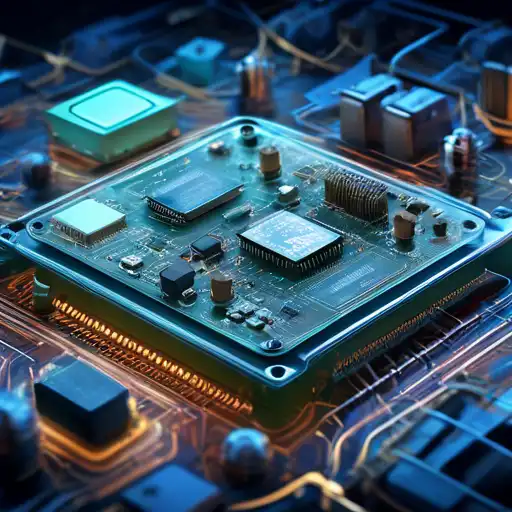Introduction to Embedded Systems
Embedded systems are the cornerstone of modern technology, acting as the brains behind countless smart devices that we use daily. From smartphones to smart refrigerators, these systems ensure seamless operation and connectivity, making our lives easier and more connected.
What Are Embedded Systems?
An embedded system is a dedicated computer system designed for specific control functions within a larger system. It is embedded as part of a complete device often including hardware and mechanical parts. Unlike general-purpose computers, embedded systems are optimized for their particular tasks, leading to increased efficiency and reliability.
The Role of Embedded Systems in Smart Devices
Smart devices rely heavily on embedded systems to perform their tasks. These systems process inputs from the device's sensors, make decisions based on pre-programmed instructions, and execute actions to achieve desired outcomes. For example, in a smart thermostat, the embedded system reads the room temperature, compares it with the user's settings, and adjusts the heating or cooling accordingly.
Key Components of Embedded Systems
Embedded systems consist of several key components, including:
- Microcontrollers or Microprocessors: The brain of the system, executing programmed instructions.
- Memory: Stores the system's software and temporary data.
- Input/Output Interfaces: Allow the system to interact with the external world.
- Power Supply: Provides the necessary energy for the system to operate.
Advantages of Embedded Systems in Smart Devices
Embedded systems offer numerous advantages in smart devices, such as:
- Efficiency: Optimized for specific tasks, ensuring high performance.
- Reliability: Designed to operate continuously without failure.
- Compact Size: Small footprint allows integration into a wide range of devices.
- Low Power Consumption: Essential for battery-operated devices.
Future Trends in Embedded Systems
The future of embedded systems is bright, with advancements in IoT (Internet of Things) and AI (Artificial Intelligence) driving innovation. These systems are becoming more intelligent, capable of learning from user behavior to provide personalized experiences. Additionally, the integration of embedded systems with cloud computing is enabling smarter, more connected devices.
Conclusion
Embedded systems are the unsung heroes of the digital age, powering the smart devices that have become integral to our daily lives. As technology continues to evolve, these systems will play an even greater role in shaping the future of smart devices, making them more intuitive, efficient, and connected than ever before.
